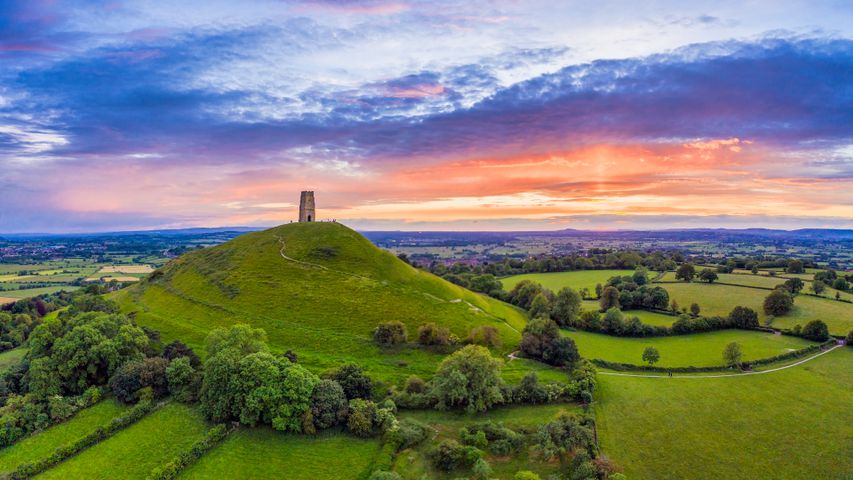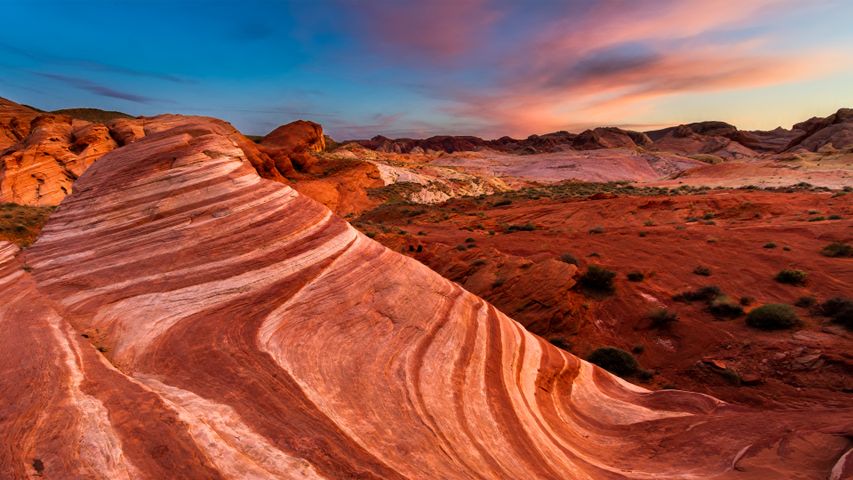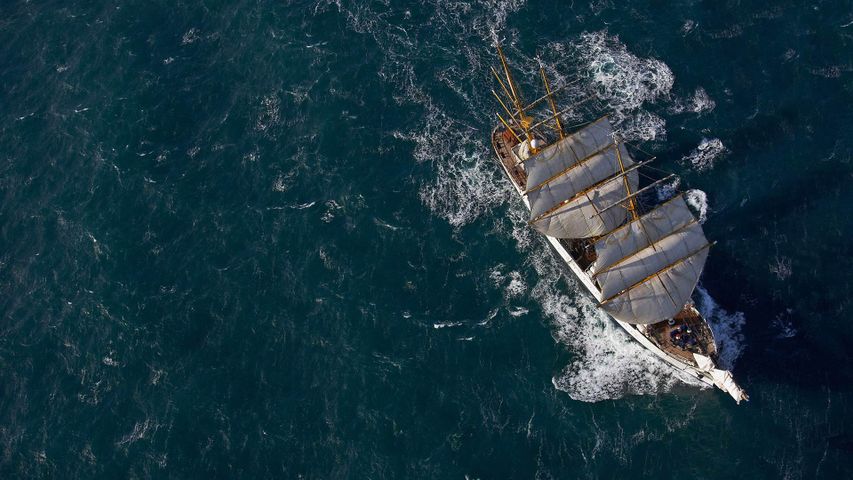Brown bears, Katmai National Park and Preserve, Alaska, USA
© Suzi Eszterhas/Minden Picture
Brown bears, Alaska
Summer up north belongs to the bears. When the sun reigns, so do the brown bears of Alaska in the United States – like this mother and cub in Katmai National Park and Preserve, about 418 kilometres southwest of Anchorage, Alaska's largest city. Also known as grizzly bears, brown bears fit a year of living into the summer months, foraging, feasting, frolicking, fighting and mating under skies of nearly perpetual daylight.
The Alaskan variety of brown bears are the biggest in the world due to the summer bounty of food. Alaska springs to life in summer, and the bears take full advantage, eating up to 40 kilograms of food per day. That kind of binge eating provides them with the fat they need to get through the winter hibernation, which can last up to eight months for some of them. It helps that grizzlies are not picky eaters. They’ll eat berries, flowers, roots, fish, small mammals like beavers and big ones like caribou. That diet helps them reach weights of 450 kilograms. The biggest are found on Kodiak Island, where a subspecies of about 3,500 bears have lived in isolation for about 12,000 years. Kodiak bears can weigh up to 770 kilograms, three times the size of some of their North American and Eurasian cousins.
Centuries ago, brown bears flourished in much of Europe, North Africa, California and even Mexico. Although their numbers and territory have shrunk considerably, there are still about 200,000 brown bears in the world, most of them in Russia, Canada and the US. As such, they are the most widely distributed bear species in the world. Some of the luckiest among them are these coastal bears of Alaska. Katmai is a verdant wonderland of mountain ranges, valleys, lakes and rivers. There are no roads into the region, keeping pesky humans at bay. (Visitors must use boats or floatplanes.) This mom and baby live in bear paradise.
Related Images
Bing Today Images
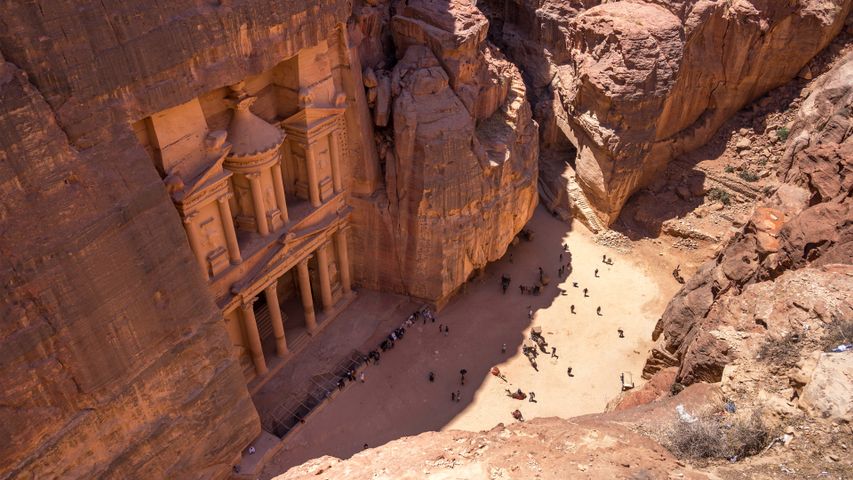
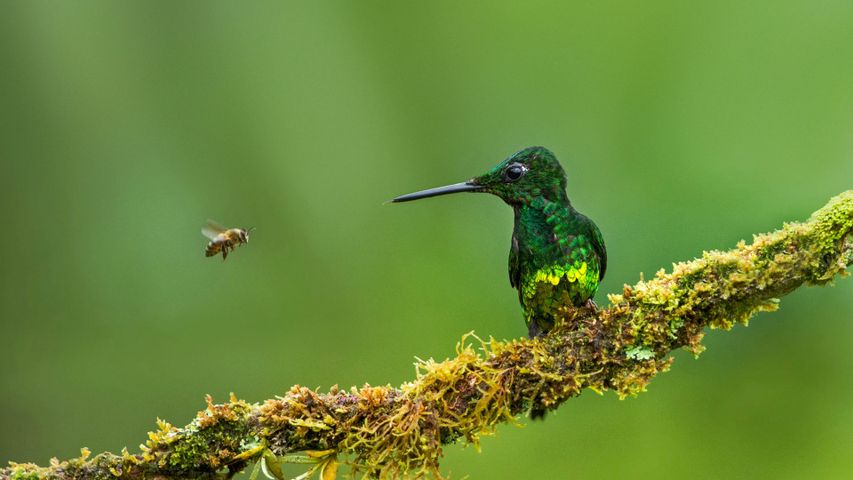
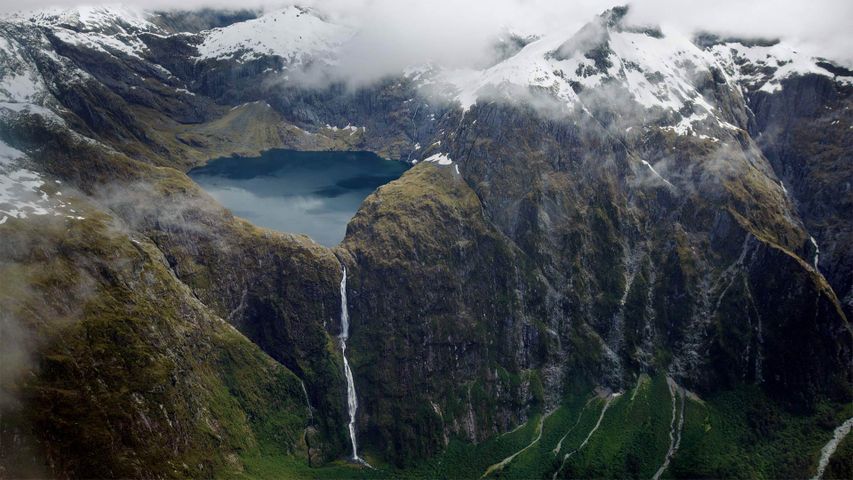
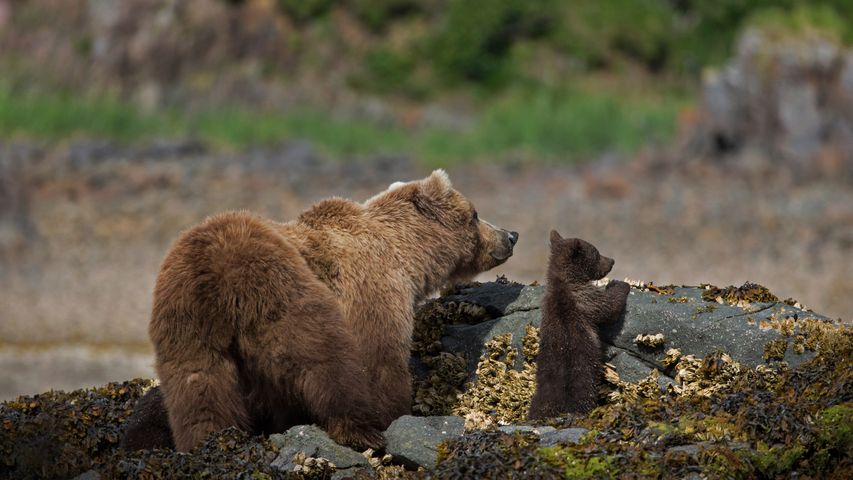
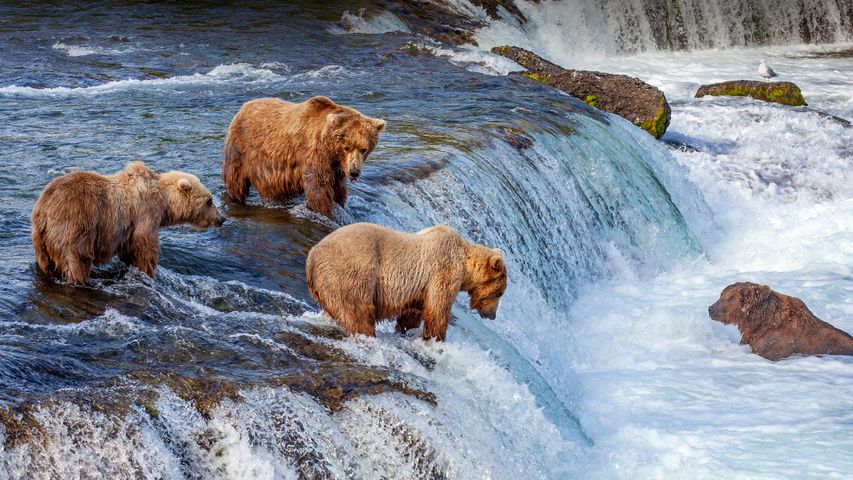 Brown bears fishing for salmon at Brooks Falls, Katmai National Park, Alaska
Brown bears fishing for salmon at Brooks Falls, Katmai National Park, Alaska
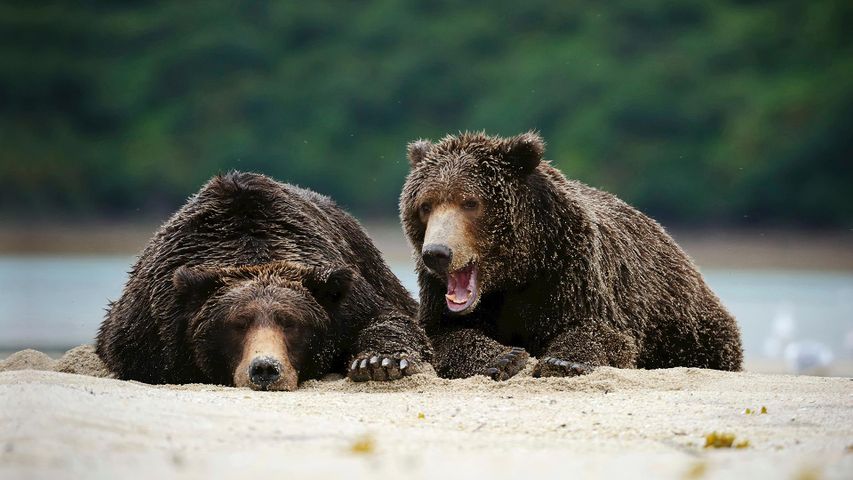 Brown bears in Katmai National Park, Alaska
Brown bears in Katmai National Park, Alaska
